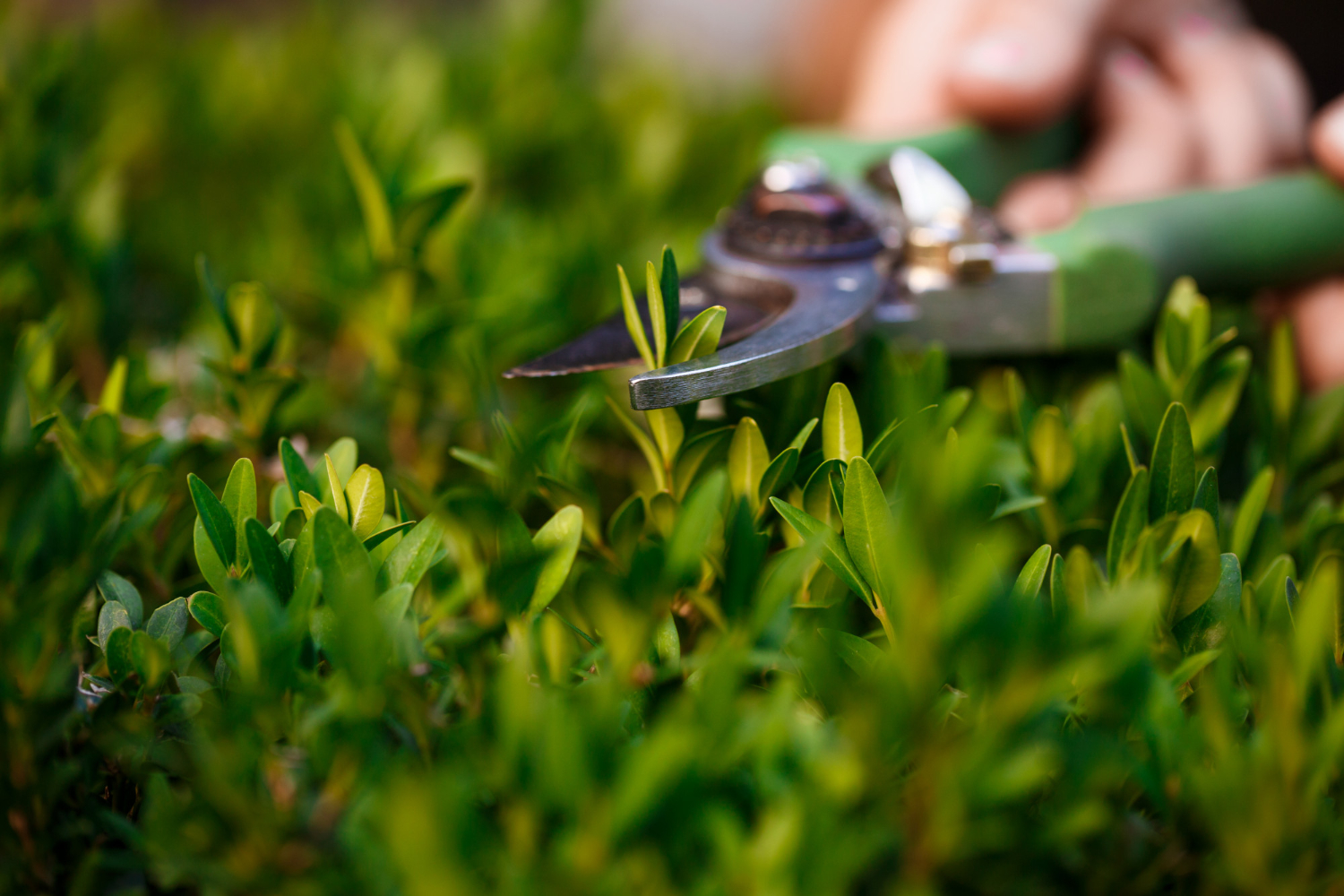A lush, dense lawn not only enhances the aesthetic appeal of your home but also provides a space for relaxation and play. Achieving such a lawn, however, requires more than just regular watering and mowing. Two critical practices in lawn care— aeration and overseeding—play pivotal roles in maintaining a healthy, vibrant lawn. This guide delves into the benefits of these practices and offers a step-by-step approach to revitalizing your lawn.
The Importance of Lawn Aeration
Lawn aeration involves perforating the soil with small holes to allow air, water, and nutrients to penetrate the grass roots. This process helps the roots grow deeply and produce a stronger, more vigorous lawn. The main reason for aerating is to alleviate soil compaction. Compacted soils have too many solid particles in a certain volume or space, which prevents proper circulation of air, water, and nutrients within the soil. Aeration can also help to break up thatch, a thick layer of roots, stems, and debris that can build up on the lawn's surface, which can hinder water and nutrient penetration.
For more detailed information on the benefits of aeration, visit our Turf Care section.
The Process of Overseeding
Overseeding is the practice of sowing new grass seed over existing turf. This is done to fill in bare spots, improve the density of turf, enhance the lawn's color, and introduce newer, more resilient grass varieties. Overseeding can be particularly beneficial for older lawns that have suffered from drought, disease, or pest damage. When combined with aeration, overseeding becomes even more effective, as the seeds have better contact with the soil, leading to higher germination rates.
For tips on selecting the right grass seed and other lawn maintenance advice, check out our Lawn Care Maintenance page.
Step-by-Step Guide to Aeration and Overseeding
-
Timing: The best time for aeration and overseeding is during the growing season, when the grass can heal and fill in any open areas after soil plugs are removed. Typically, this is early spring or fall for cool-season grasses and late spring through early summer for warm-season grasses.
-
Preparation: Before aerating, ensure the lawn is moist by watering it one day prior to aeration. For overseeding, mow your lawn to a lower height than usual and remove any clippings to allow seeds to make contact with the soil more easily.
-
Aeration: Use a core aerator that removes plugs of soil from the lawn. Pass over the most compacted areas several times for best results. Leave the soil plugs on the lawn to decompose and return nutrients back into the ground.
-
Overseeding: After aeration, spread the grass seed over your lawn using a spreader. Make sure to use the correct seed rate as recommended for your grass type. For an even spread, divide the seed into two equal parts and apply in two passes, with each pass going in a different direction.
-
Post-Care: After overseeding, water your lawn lightly but frequently to keep the soil consistently moist until the new grass is established. Avoid heavy use of the lawn during this time.
For further guidance on lawn care and maintenance, explore our Landscape Maintenance services.
By following these steps for aeration and overseeding, you can significantly improve the health, appearance, and durability of your lawn. These practices, while seemingly simple, can have a profound impact on the vitality of your lawn, ensuring it remains a lush, inviting space for years to come. For more information on how to care for your lawn or to explore our full range of lawn care services, visit Best Lafayette Lawn Care's services page.

